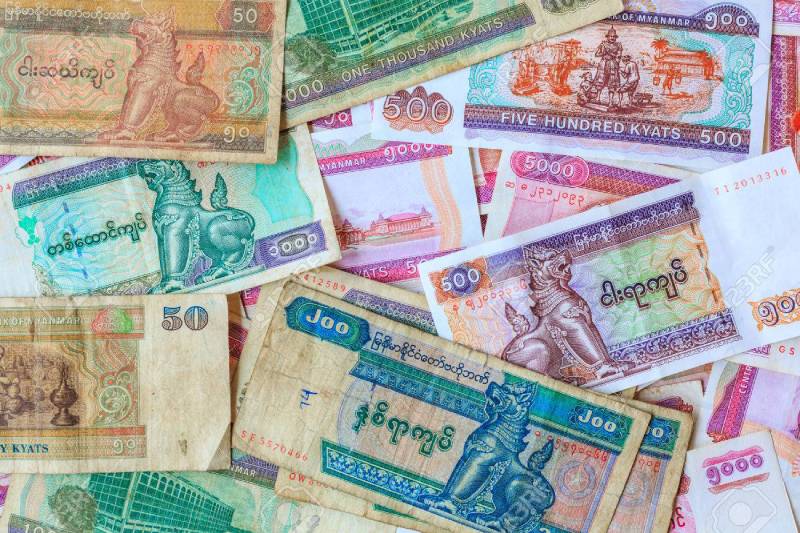Insight Myanmar
“I really dreamed of going someday to see how Buddhism and meditation teachings are in their home,” says Dragos Badita, describing the rationale for his 2019 trip to Myanmar to Insight Myanmar in a podcast.
Growing up in Romania, Dragos had learned meditation from local teachers, in addition to attending some retreats in England. But he yearned to spend extended time in a monastic setting in order to go deeper in the practice, and for that, he knew he needed to go to the Golden Land.
However, Dragos’ focus while traveling was not just meditation. He is also an accomplished artist. “I tend to take my time on my sketches, because I think it’s a very good way of sitting and soaking into the experience and the people, and paying attention to what’s happening,” he explains. “If you have to draw something, you have to be attentive, and this is a kind of meditative practice.”
Indeed, Dragos tries to take in everything that falls in front of his eyes: from daily, mundane scenes, to the details of monastery architecture, to the morning’s breakfast. His sketches capture a wide range of the life he experiences while traveling. “You can snap a photo and just forget about it,” he says, noting that drawing an object forces him to look more closely at it. “And that sticks with you, it sticks in your memory. It’s a way of looking more objectively.” When Dragos is immersed in his drawing, he becomes acutely attuned to its details and intricacies, which often escape casual observation, revealing a depth and complexity previously unnoticed at first glance. And like meditation, drawing takes a kind of patience and commitment that is often missing in “point-and-shoot photography.” This allows him to integrate into a scene, as pen and paper is often less obtrusive than a camera, which is particularly important in monastic settings.
Dragos spent several weeks at Pa Auk Monastery, and his sketches reflect his time there, from drawing his room (which he notes was made entirely of wood), to the path where he walked every day, to such mundane details as door frames and monks’ bowls. “Some little details stand out to me,” he recalls. “In the meditation hall, each meditator has a cushion and a reserved place with a mosquito net, that was really like a cocoon! You have some privacy, even though it was a really big meditation hall, and sometimes quite noisy on Sundays. But you have this personal space, and you felt secluded, just because you had this net around you. There’s also many dogs that were living at the monastery, and you could hear them at night howling far away, around the forest.”
Dragos highlighted one mundane scene as illustrating the depth of meaning an object of everyday life can have: the footwear left at the entrance of a building. “I think there’s a lot of meaning,” he explains. “With the sandals, it’s this kind of respect that in Myanmar, everyone takes off their sandals when they go inside a meditation hall. So you can see a sense of community that happens where everyone is together. It’s a bit symbolized, like with the sandals going together, and I don’t know how they recognize [their own] because all of them look the same! How they knew which one is which…”





